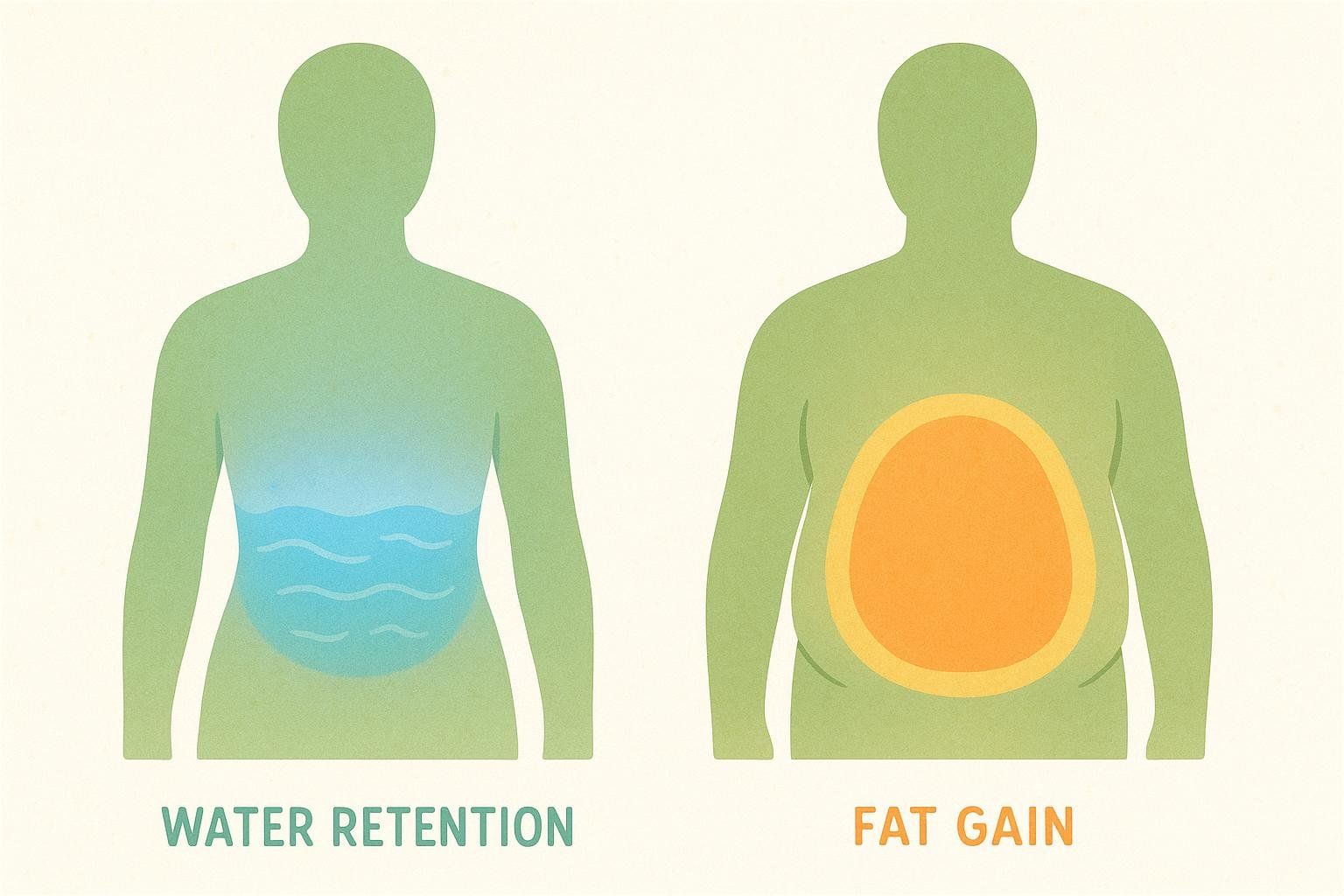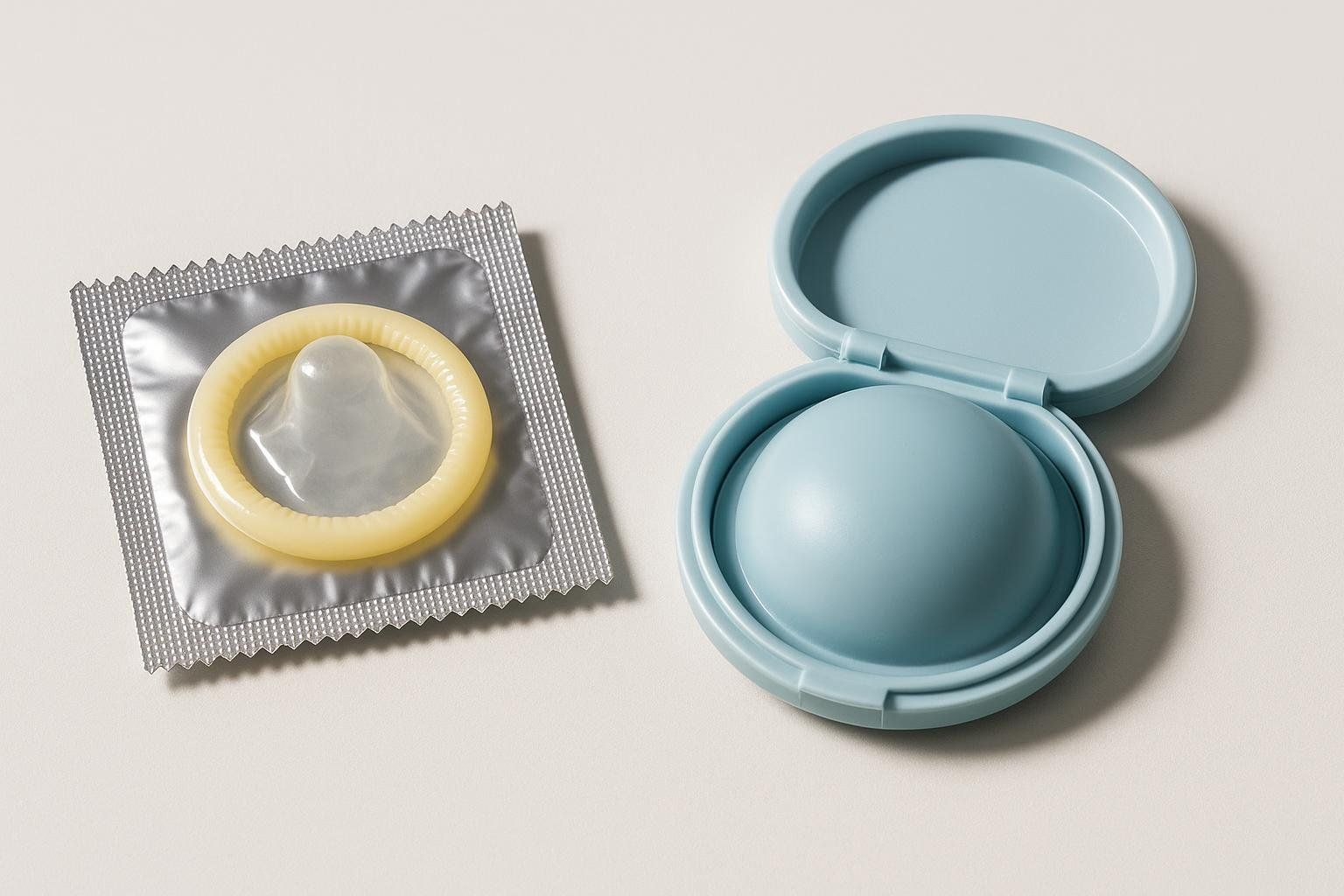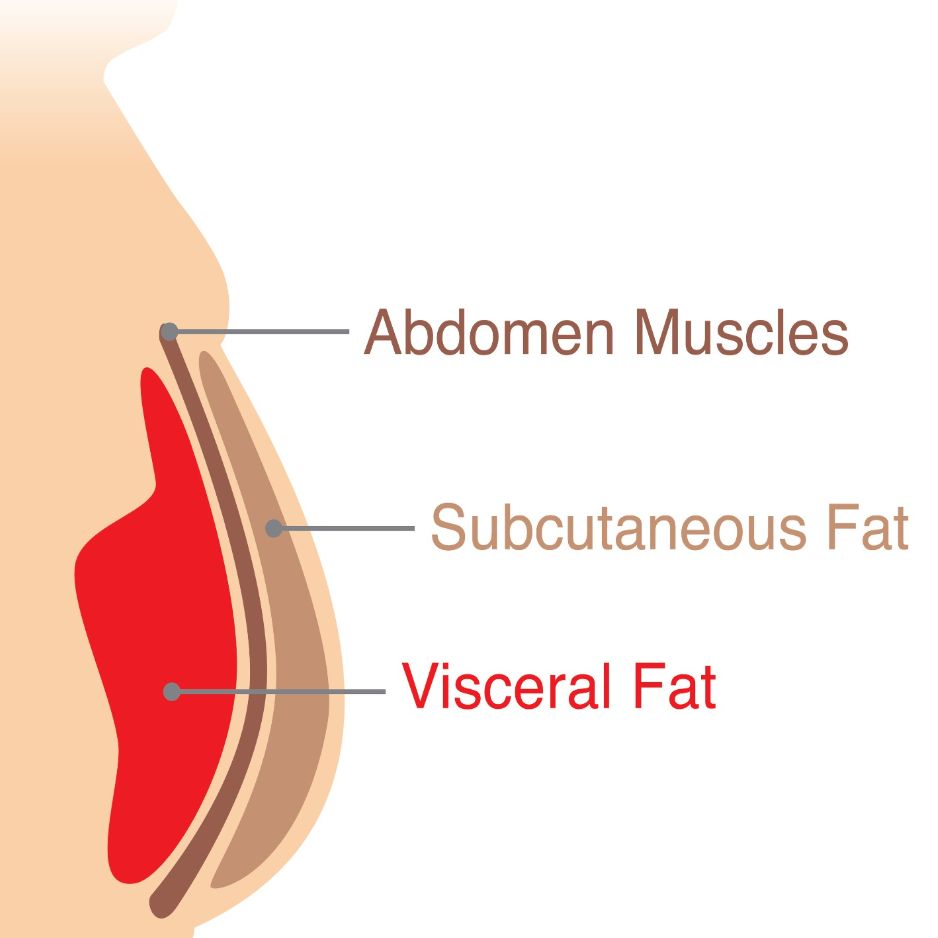Best Birth Control for Weight Loss

Best Birth Control for Weight Loss: What Science Says
If you’ve ever Googled “Does birth control make you gain weight?” you know the internet is packed with horror stories, reassuring anecdotes, and everything in between. Cutting through that noise matters—especially if you’re committed to maintaining (or reducing) body fat and tracking your results with data-driven tools like a DEXA scan.
Below is your evidence-backed, myth-busting guide to contraception and weight. You’ll learn which methods are considered weight-neutral, which carry the highest risk of pounds creeping on, and how to choose an option that supports your health and fitness goals.

Quick takeaway: Non-hormonal options such as the copper IUD and barrier methods carry virtually zero risk of weight gain. Among hormonal choices, research shows most users experience minimal to no long-term weight change, but the Depo-Provera® (DMPA) injection is the clear outlier for significant weight gain. Combination pills containing drospirenone (e.g., Yaz®, Yasmin®) appear weight-neutral or even slightly diuretic.
Why Birth Control and Weight Are Linked in the First Place
- Hormone-driven appetite & fluid shifts. Synthetic estrogen can increase salt and water retention, while certain progestins may stimulate appetite.
- Body composition—not just the scale—matters. Small bumps on a bathroom scale could be water, lean tissue, or fat. A DEXA scan separates these compartments, helping you spot real fat gain early.
- Baseline factors play a role. Genetics, lifestyle, and starting BMI influence how (or if) you respond to hormonal contraception (AAFP physician correspondence on contraceptive-related weight change).

Birth Control Methods Ranked by Average Weight Impact
| Rank (Lowest → Highest Average Weight Impact) | Method | Hormones? | Typical 12-Month Weight Change | Key Finding & Source |
|---|---|---|---|---|
| 1 | External & internal condoms, diaphragms | None | 0 kg | Barrier methods contain no hormones, so they do not directly influence body weight. |
| 2 | Copper IUD (ParaGard®) | None | 0–0.6 kg gain | Age-expected drift only, per a large Brazilian cohort in Contraception. |
| 3 | Combination pill with drospirenone (Yaz®, Yasmin®) | Estrogen + drospirenone | 0 kg (may ↓ water) | A multicentre prospective study found drospirenone reduced self-reported water retention without changing body weight. |
| 4 | Levonorgestrel IUD (Mirena®, Kyleena®) | Local progestin | 0–1 kg | A 12-month comparative trial in Contraception showed weight change similar to copper IUD users. |
| 5 | Etonogestrel implant (Nexplanon®) | Progestin only | 0.9–1.5 kg | Users gained ≈1 kg after 12 months in a three-arm study on progestin devices (Contraception). |
| 6 | Progestin-only pill (“mini-pill”) | Progestin only | ≤ 2 kg | A comprehensive Cochrane review reports an average gain under 2 kg across 22 trials. |
| 7 | Depot medroxyprogesterone acetate (DMPA) injection | Progestin only | Highly variable; 25% gained ≥4.5 kg | A randomized trial in EClinicalMedicine showed 25% of users gained ≥4.5 kg in one year. |
Deep Dive: How Each Method Affects Body Weight
1. Barrier Methods (Condoms, Diaphragms)
Barrier methods act mechanically, not hormonally, so they do not alter appetite, metabolism, or body water. Any weight shifts you see while relying on condoms or diaphragms reflect normal lifestyle fluctuations—not the contraception itself (Planned Parenthood overview).

2. Copper IUD (ParaGard®)
The copper IUD releases no hormones, providing effective contraception without systemic endocrine effects. In a seven-year follow-up, average weight gain was ~0.6 kg per year—essentially the same as age-matched non-users—suggesting the device neither promotes nor prevents fat gain (Contraception cohort study). Copper may cause heavier periods at first, but it has no known metabolic impact.
3. Combination Birth Control Pills (Drospirenone Formulations)
Drospirenone is derived from spironolactone and has antimineralocorticoid activity, counteracting estrogen-induced water retention. In a Canadian study of 355 participants, symptoms of bloating and breast tenderness declined, and body weight remained stable over six cycles (prospective drospirenone study).

Large systematic reviews likewise show no meaningful long-term fat gain for most users.
4. Hormonal IUDs (Levonorgestrel)
Levonorgestrel IUDs release progestin locally inside the uterus, so bloodstream hormone levels are far lower than with pills or injections.

A head-to-head trial comparing levonorgestrel IUD, etonogestrel implant, and copper IUD found no statistically significant difference in weight change after 12 months between the hormonal and non-hormonal IUD groups (open-access article in Contraception). Minor gains (<1 kg) likely mirror normal aging rather than the device.
5. Etonogestrel Implant (Nexplanon®)
Implants deliver systemic progestin but at a steady, low dose. In a U.S. multicentre trial with copper and levonorgestrel IUD comparators, implant users gained a mean 0.9 kg at 12 months (PubMed study). The study identified higher baseline BMI and Black race as independent predictors of greater weight gain.
6. Progestin-Only Pill (Mini-Pill)
Across 22 studies, the average weight change is under 2 kg at 6–12 months (comprehensive Cochrane review). This modest change can often be managed with consistent lifestyle habits like regular exercise.
7. DMPA Injection (Depo-Provera®)
DMPA delivers a large bolus of progestin every three months, suppressing estrogen and potentially slowing resting metabolic rate. In the ENG-LNG-Cu randomized trial, 25% of DMPA users gained ≥4.5 kg within a year, primarily as fat mass (EClinicalMedicine RCT).

Risk factors include adolescent age, baseline overweight, and sedentary lifestyle. Users concerned about weight should consider switching after six months if gains accelerate.
Choosing a Weight-Friendly Method: 5 Practical Steps
- Clarify your goals. Are you optimizing athletic performance, managing PCOS, or simply avoiding pregnancy?
- Screen your personal risk factors. Family history of obesity, existing metabolic conditions, and concurrent medications all matter.
- Match efficacy with lifestyle. If taking a daily pill is unrealistic, long-acting options like an IUD or implant may improve adherence.
- Track body composition, not just scale weight. A DEXA body composition scan distinguishes fat, lean tissue, and bone with ~1–2 % error.
- Reassess at 3 and 6 months. Small upticks are normal; gaining >2 kg of fat in six months warrants discussing alternative methods with your provider.
Myth-Busting FAQ

Does the copper IUD help with weight loss?
No—its benefit is neutrality. Without hormones, it neither promotes nor impedes fat loss.
Can I lose the weight I gained after stopping Depo?
Studies show partial reversal within 6–12 months, especially when users adopt structured nutrition and exercise routines.
Is Yasmin really a “diet pill”?
No. Drospirenone can reduce water retention, helping you feel less bloated, but it doesn’t increase calorie burn or fat oxidation.
Will keto, intermittent fasting, or other diets offset hormonal weight gain?
Energy balance and food quality matter more than contraceptive type. Explore strategies in our 30-day keto & IF results guide.
Bottom Line
• Most birth control methods are weight-neutral when lifestyle factors are controlled.
• The DMPA shot is the main exception—it shows consistent, clinically significant fat gain.
• Non-hormonal methods (copper IUD, condoms) are safest for strict weight management.
• Whatever you choose, objective tracking—from smart scales to DEXA scans—lets you pivot before small changes snowball.
Ready to see exactly how your contraception choice affects your body? Book a BodySpec DEXA scan and get the data you need to stay on track.


